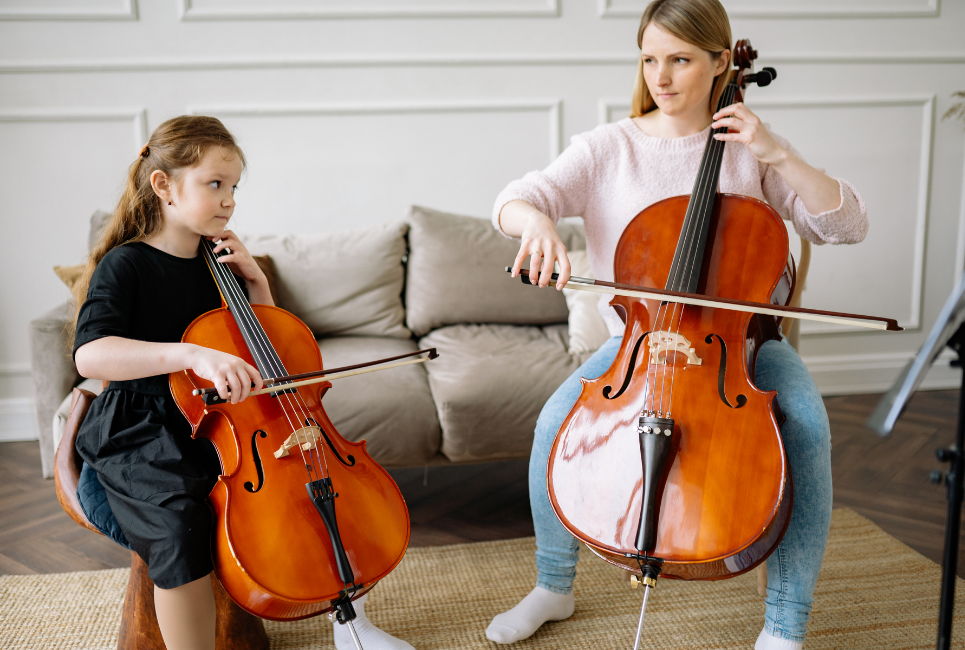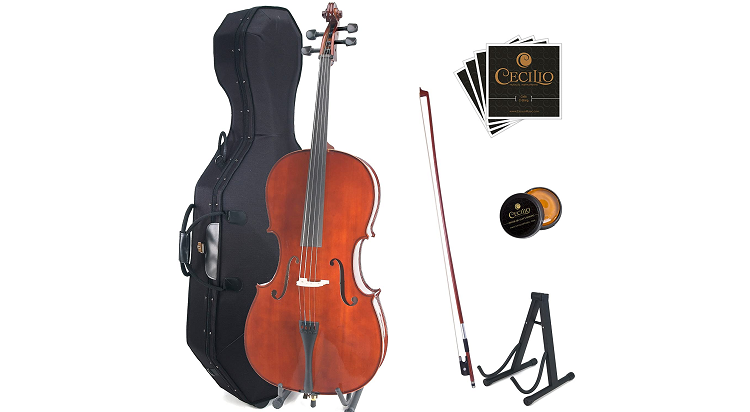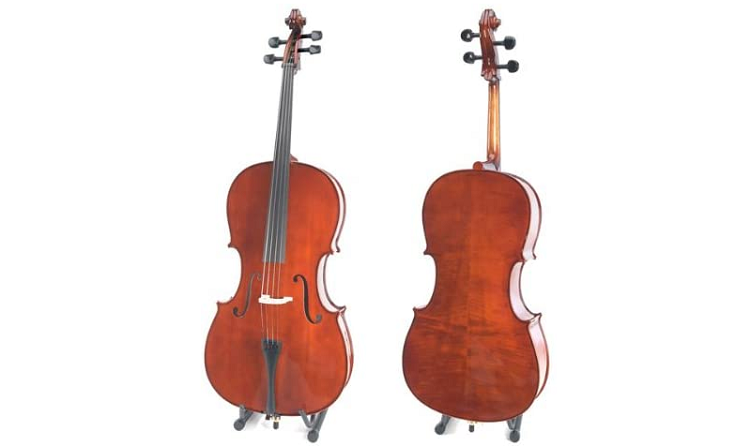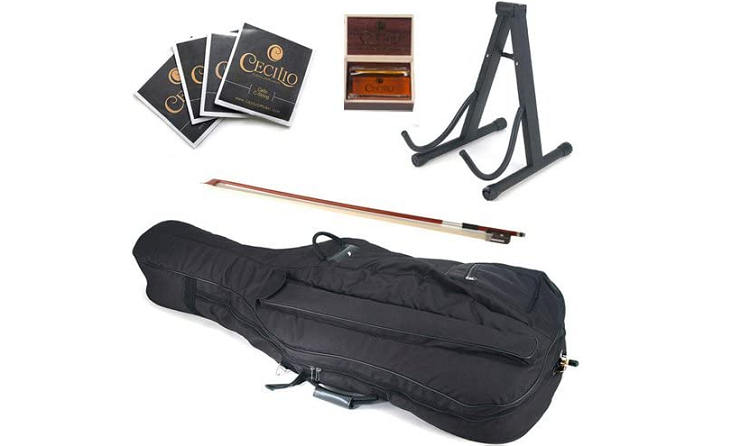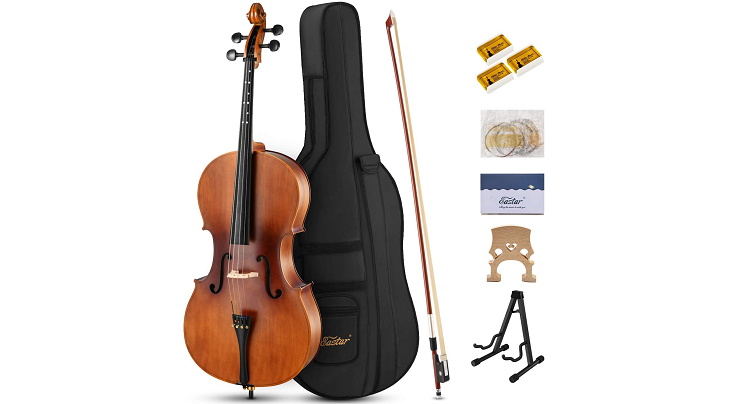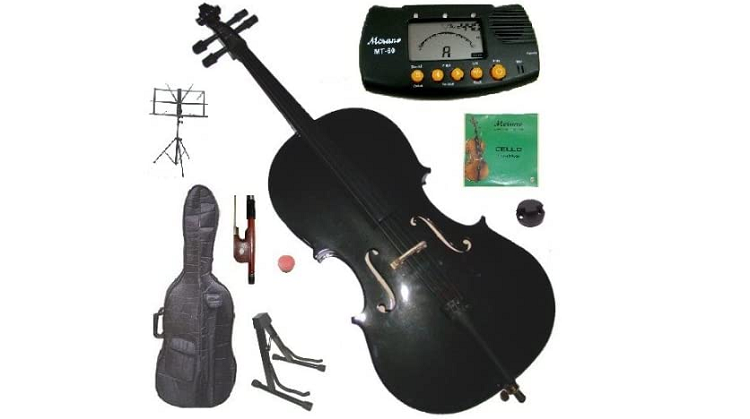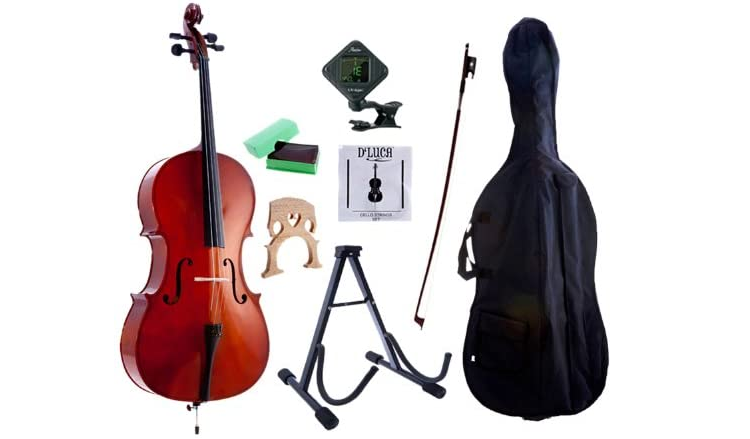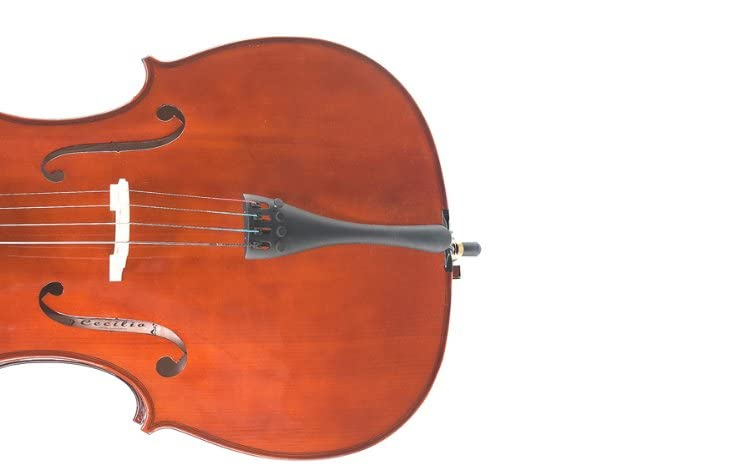- Guide to the Best Saxophone Reeds - April 18, 2022
- Best Selmer Saxophones Brand Guide - April 6, 2022
- Cecilio CCO 400 Review and Guide – Key Information On this Instrument - February 21, 2022
Do you remember the first time you heard Eleanor Rigby?* I was gifted The Beatles ‘1’ album for my 11th birthday. Until that point in my life, my album collection was exclusively *NSYNC. (I think my ‘classic rock’ loving father took some offense to that, but I don’t! “Drrrrrty POP” forever!)
I would listen to it as I fell asleep, always starting at track 1, partly because my CD player at the time didn’t react kindly to the skip button, partly because I would fall asleep each night before getting far into the album (what I wouldn’t give to fall asleep that easily again!).
One day, I listened to it in the afternoon so I could actually hear The Beatles’ songs beyond “Love Me Do.”
As soon as Eleanor Rigby came on, my view on music changed forever. To have such a banger of a song without your standard pop/rock backing?
Incredible! (I know that, by the new millennium, The Beatles weren’t the only band to do so, but searching out new music, especially that which diverged from the norm, as a child with no income in the late 90’s was slightly more difficult.)
In both contemporary and classical music, the cello plays a vital role. So is the Cecilio CCO-400 the right cello for you? Let’s find out!
*Okay, it’s a little presumptuous/pretentious of me to assume that you’ve not only heard a song, but that your brain has formed a foundational memory from your first time hearing it. I get it…but it is one of the more unique songs by one of the most popular bands of all-time so perhaps I’m a little justified?
Bottom Line Up Front
While each instrument is personally inspected post-construction by Cecilio before it is released for distribution, each cello nonetheless begins its life from the same draft and same cuts of wood. This automatically puts them at a disadvantage to professional cellos.
One of my favorite things about the Cecilio brand is their accessibility. Their sound quality compared to their price is unmatched. The CCO-400 cello is no different. The CCO-400 sounds better than their previous models for just a little more (percentage-wise it’s nearly 50% more, but that’s only an extra ~$120).
However, be prepared to spend more than the $390 list price. Many of the included accessories (bow, strings, rosin) are rubbish and will need an upgrade. It may even do you some good to pay for a luthier to cut your bridge more exact for your specific cello.
If you can find a method to purchase it in-store (or from another cello player), I would jump on that chance. While all Cecilio purchases come with a warranty, many of the negative reviews on Amazon cite damage accrued in shipping.
Company Overview
The idea for Cecilio was given life in a music store in 2004, the year of the Mars Spirit Rover and Ken Jennings’ monstrous Jeopardy streak. The spark of inspiration came from “overhearing a family at a music store trying to figure out how they could possibly afford to purchase a violin.” Their mission was set: high-quality instruments at affordable prices.
Key Features
Cost Breakdown and Construction
The Cecilio CCO-400 will run you about $390 which includes the same accessories as other models:
- the cello (obviously)
- a Brazilwood bow made with unbleached Mongolian horsehair
- cello stand
- rosin cake
- a bonus set of strings.
- 1-year warranty to insure your cello
- two cases
Each cello is personally inspected by Cecilio’s technicians to verify their own “high-quality standards.”
What sets the CCO-400 apart from Cecilio’s previous models are the ebony fingerboard and pegs. The CCO-400 cello has a “hand-carved solid spruce wood top, solid, flamed maple neck, back, and sides.” The CCO-400 is finished with a “high-luster varnish” in addition to “hand inlaid purfling.”
Purfling is an aesthetic addition, but it may also protect the cello. It’s better for a small, superfluous layer of wood around the edges to absorb any impact rather than the body of the cello to which damage may affect the cello’s tone.
The tailpiece is constructed of a metal alloy with “four integrated fine tuners.” You will need to either set the bridge up yourself or take it to a luthier (somebody who builds cellos) as the bridge is not setup pre-shipping in order to protect the bridge and cello’s body. (Requiring the labor of a luthier will also add cost to this cello. Keep that in mind when considering this cello.)
Size
The CCO-400 cello comes in three sizes:
- 4/4 – Full-size cello – Back measurement of 30 inches or larger. For those approximately 5 feet tall (or taller)
- 3/4 – Back measurement of 26 – 27.25 inches. For those approximately 4.5 – 5 feet tall.
- 1/2 – Back measurement of 23 – 26 inches. For those approximately 4 – 4.5 feet tall.
If unsure which size is appropriate for you, err on the smaller side. Proper playing technique calls for a well-balanced instrument (which is easier to manage with a smaller cello). It is equally pertinent to consider your hand size.
Muscular fatigue is certainly an obstacle for musicians, especially beginners. A cello that is too large will force the cellist’s fretting hand to work harder than it should, affecting the cellist’s playing, in both the short- and long-term.
Tone
The CCO-400, while more advanced than the lower model numbers (100, 200, 300, etc), is still a beginner cello. As such, the tone simply doesn’t compare to professional cellos. That being said, for a beginner cello, the Cecilio CCO-400 sounds great!
It possesses a very clean, precise tone. It retains this tonal quality from the open C-string to the highest notes on the fingerboard. Where the CCO-400 shines in comparison to other budget cellos is the material. Being made of solid wood gives this cello a pleasing resonance and sustain.
Pros and Cons
Pros
- $390 is a, relatively, affordable investment for one of the most popular instruments in the world.
- Clean, precise tone. A great tone for beginners!
- Though more expensive than earlier models, it is worth the extra investment.
Cons
- If ordered online, you will need a luthier to set the bridge before you can begin playing your instrument. It may be advised to cut the bridge even further to better work with your specific cello.
- The accessories that accompany the cello are far from perfect. You should definitely invest in new strings, rosin, and potentially a new bow.
- The CCO-400 simply can’t stand up to the tone of professional cellos. This is not a forever cello.
Alternatives to Consider Purchasing
Cecilio produces 6 other cellos: CCO-100, CCO-100+HC, CCO-200, CCO-300, CCO-500, CCO-600. The CCO-500 and CCO-600 are perhaps most similar to the CCO-400. They both possess ebony fingerboard and pegs and similar make-up of the bodies (hand-carved spruce top). Where these cellos differ from the CCO-400 is the tailpiece material (also ebony).
Cecilio rounds out their cello repertoire with two electric cellos: CECO-1WH Pearl White and CECO-3BK Ebony.
Cecilio does stand out in regards to the quality of their instruments at their price point. While I would recommend Cecilio at this price point over the following companies, these cellos are nonetheless a choice for beginners.
Eastar
An acoustic cello with a laminate body: spruce wood panels, maple backboards & side plates, and a matte finish. The Eastar has a pear wood fingerboard and tuning pegs and four fine-tuning screws. This cello is only available in full-size. This cello also comes with a soft case, extra strings, three rosin blocks, brazilwood bow, and a cello stand.
You can see a comparison between an Eastar and a Cecilio cello here.
Merano
An acoustic cello with a spruce top and back, neck & sides made of maple. The pegs and fingerboard are made of black hard wood, complete with a alloy tailpiece with four integrated fine tuners. This cello also comes with a soft case, an extra set of strings, rosin, cello stand, music stand, and a metronome.
Searching Amazon shows different sizes (4/4, 1/2, 1/4) and different colors (black, pink, hot pink) for sale to different degrees of availability.
Short sample of the Merano in action here.
D’Luca
An acoustic cello with maple back, neck, and sides. The fingerboards, pegs, fittings, and end pin are all made of rosewood. This cello also comes with a cello stand, soft case, extra set of strings, rosin, and horsehair bow. The D’Luca cello ships with a clip-on chromatic tuner.
While I can’t find any videos to verify the quality of this instrument, it does have a higher rating with more reviews than the CCO-400. This cello is ~$500 which may lend credence to its superiority compared to Cecilio CCO-400. (Often with instruments, you get what you pay for)
Decision-Making Tips
Budget
This cello should be considered to cost more than the $390 price considering the reinvestment in proper hardware for the cello that is needed. If you’re prepared to spend upwards of $500 on a cello, the CCO-400 could be a great choice. Being carved of solid wood with ebony fingerboards and pegs gives this cello a leg up compared to Cecilio’s previous models.
If you’re prepared to spend a few thousand, you should spend that amount on a professional cello.
Commitment
Considering the price of this model compared to the cheapest student cellos out there, you should confirm that you have the time, budget, and enthusiasm to learn the cello.
If you’re unsure of how much you can devote to the cello, it may be best to pass on the CCO-400 for now and buy the cheapest cello out there until you’ve developed a routine and certainty that the cello is for you.
Size
The CCO-400 is a little less flexible in size compared to their other models. The CCO-400 is not produced in 1/4 size.
Method of Purchasing
It’s possible that you can find a used cello of a higher quality for the same price point of a brand new CCO-400 (especially considering the extra cash to upgrade the accessories).
You won’t have the assurance of a 1-year warranty from the manufacturer, but if you trust the person* you’re buying from, you may have a better instrument from the get-go.
*Wood is more susceptible to damage from the atmosphere. If the cello is not protected with constant upkeep, humidity, extreme changes in temperature, etc. can have irreversible effects on the cello.
Also, as stated earlier, many of the negative reviews for cellos purchased online is damage sustained in-transit. While warranties on purchases are an alluring incentive, returning instruments, especially something as large as a cello, can be a hassle and costly!
FAQs
Answer: Straight from Cecilio themselves, “Seat the child (or yourself) so that the knees are bent at a ninety degree angle. The instrument should rest such that the upper rim of the cello body rests on the sternum (breast bone), and the left knee contacts the curve below the lower bout corner.
The C string peg (for the thickest string) should be near the left ear, with the neck a few inches away from the shoulder, and the left hand able to reach both ends of the fingerboard with ease.”
Answer: Cellos are loud instruments. They were designed to be performed in concert halls before amplification technology existed. Furthermore, many musicians cellists don’t necessarily have a practice space that, um, will not annoy their neighbors.
Keeping that in mind, the makers of electric cellos design their cellos to replicate the feel and sound of acoustic cellos as closely as possible.
Answer: Simply due to the number of video reviews and ratings on e-commerce websites, Cecilio is arguably the most popular beginner cello brand. And for good measure, their prices are very affordable.
While professional cellists won’t be performing on a Cecilio anytime soon, beginning instrumentalists don’t need a cello that is as responsive or immaculate as a professional cello. They simply need an instrument that is good enough to learn with and Cecilio does that just fine!
Final: Buy or Pass?
If you (or your child) are beginning on the cello, I would maybe go with a lower model number. It’s not the cheapest cello and I think it’s better to waste $300 on a non-pursued endeavour than $500.
But if you’ve already learned the cello some and will definitely be continuing for the rest of your life, I think the CCO-400 could be a great purchase!
If you’re a professional cellist, consider the CCO-400 as a cheap backup to your primary instrument.

